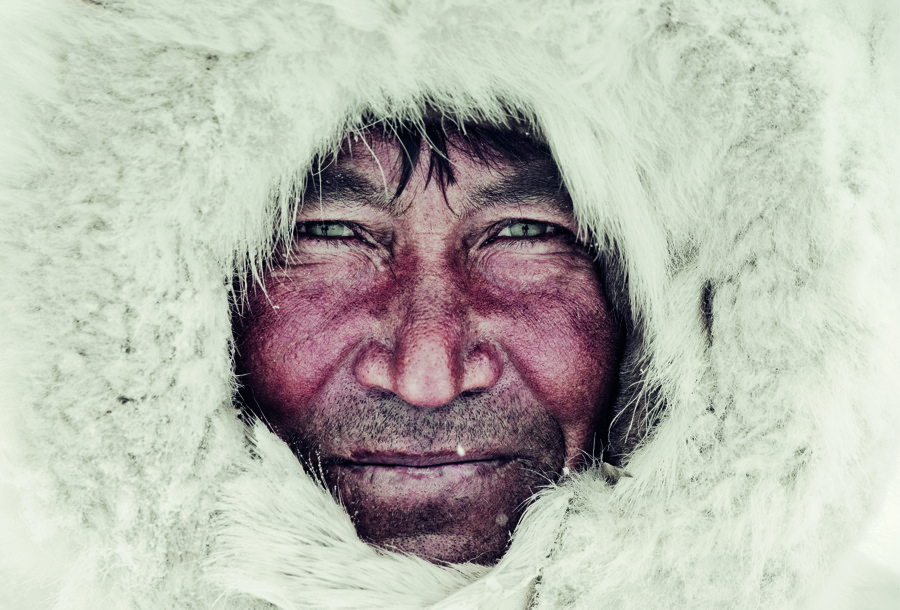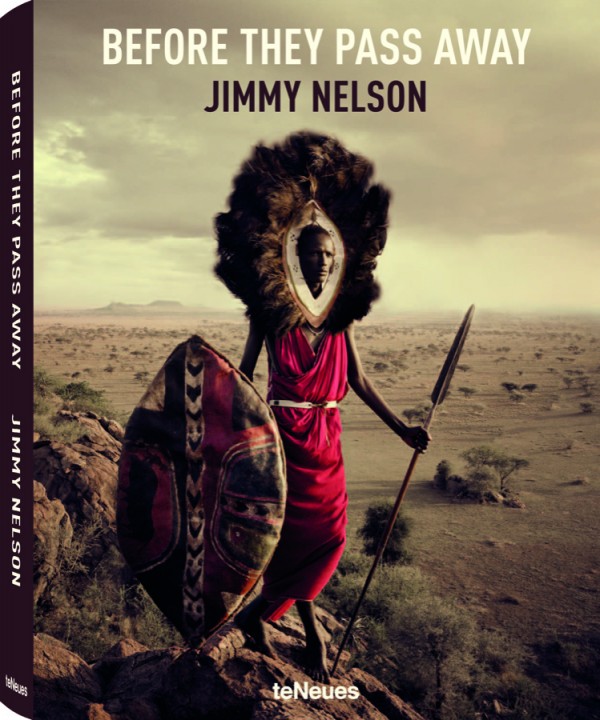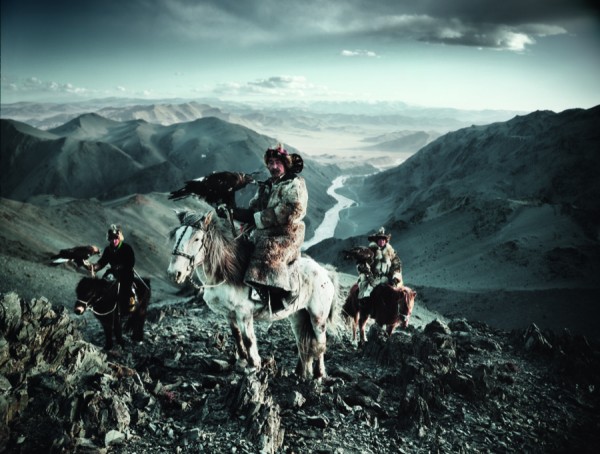Photographer Jimmy Nelson’s stunning project “Before They Pass Away” documents the lives and unique traditions of some of the world’s last tribes. In an age that is increasingly becoming more modern and globalized, his epic portraits of disappearing ways of life are more than just beautiful images. They are an important ethnological documentation of history and an insightful look into tribal culture.


I was incredibly excited to be able to interview him recently to discuss his work.
TL: This must have been such a rewarding project. Why did you start it and how different was the experience from what you expected?
JN: This has been an extraordinarily rewarding project in more ways than I could have dreamed of. It’s helped me appreciate my age, for one thing. When one matures, one sees the deeper significance of what one experiences. Only now by being middle-aged (45) and having a family of my own and 3 teenagers, I get more objectivity, and lessons are more profound than I could dream. Hence the media attention now and my wish to talk about this project so enthusiastically.
This ambitious project took three years to complete. You interacted with 35 different tribes and covered all of the continents. How long did it take to plan this and how long did you stay at each place?

© Before They Pass Away by Jimmy Nelson, Maasai, Tanzania, published by teNeues. Photo © Jimmy Nelson Pictures BV, www.beforethey.com.
Subconsciously I started planning 20 years ago when this subject was my hobby and my fascination. In a way it was 20 years of research, and the production was on the go. While I was on one journey, I was sowing the seeds for the next. This particular project was 5 years in planning and 5 years research. I spent 1.5 months with each tribe. This was very short actually.
You used local guides to help communicate, but how important was body language? Were there any misunderstandings or challenges with this?
Body language was most important, as local translators spoke limited local dialect. The more vulnerable one is, the more open and honest we become, and the more other humans trust and understand us. If I hold anything back then there is less communication, whereas the more I cry and dance and act naturally, the quicker we communicate.
Was it difficult to win the trust of the tribes? I imagine some of them might have been hesitant to have their photographs taken. How did you approach them and present the project?
Everyone was warm and welcoming. I presented myself straight away, and only later with the camera. These tribes knew I was coming from the other side of the planet; I was lost, lonely, and weary. This vulnerability caused an immediate connection to look after me as a human being.
They had no material gain to help me. We in the modern world create all these barriers. When you are there with the tribes, it’s all about being human, not about what you can give or take from another.

© Before They Pass Away by Jimmy Nelson, Kazakhs, Mongolia, published by teNeues. Photo © Jimmy Nelson Pictures BV, www.beforethey.com.
You must have some fantastic stories to tell. Is there one that you can share with us?
One of my favorite moments was on top of the mountain in Kazakhstan. It was a cold, early morning, the sun was rising, and I was very excited and took off my gloves to take a photo of this cinematic, Hollywood-spectacular sunrise, when my hands froze to the camera. I started crying as I could not move to take the photograph. two Kazaks came over, took their gloves off, put their warm hands on mine, stood in front and behind me, and started to rock me like a baby.
This was a warm and intimate experience. I was given a feeling of being renewed. When one is vulnerable and desperate, and people see you this way, they are willing to break down their values to help you. By being vulnerable, one can make contact on a deep level.
What are some of the outcomes you hope this project will bring?
- I hope this project will bring enthusiasm for photography and how important it is to keep photographing and documenting humanity.
- I plan to carry on what I started and revisit people and do another 35 tribes.
- I hope to generate a discussion around the value of these peoples and hope that people with power can do something to help them.
What kind of equipment did you use?
I used a 50-yr-old 5×5 Leica camera and added some homemade additions from other brands, mostly German, such as a Schneider, Lindhoff, and Sinar.

© Before They Pass Away by Jimmy Nelson, Maori, New Zealand, published by teNeues. Photo © Jimmy Nelson Pictures BV, www.beforethey.com.
The uniqueness of the different tribes, with their traditional dress and artifacts, is what makes these photographs so fascinating. This project, however, also has a unifying element to it. What were some of the similarities you saw in all the groups?
The most profound similarity with all the tribes was that they all were wanting to help me, they all worked closely with their community, everyone always slept together. There were no separate living quarters for old or young. All ages mixed together.
Have any of the tribes seen the finished book?
None have seen it yet; I hope next spring start to show them.
What’s next? Will there be an extension of “Before They Pass Away”?
I very much hope to continue doing this for another 10 years — fingers crossed!
* Further information about this project can be found at www.beforethey.com. Jimmy Nelson’s book, Before They Pass Away, published by teNeues, can be ordered from Amazon.